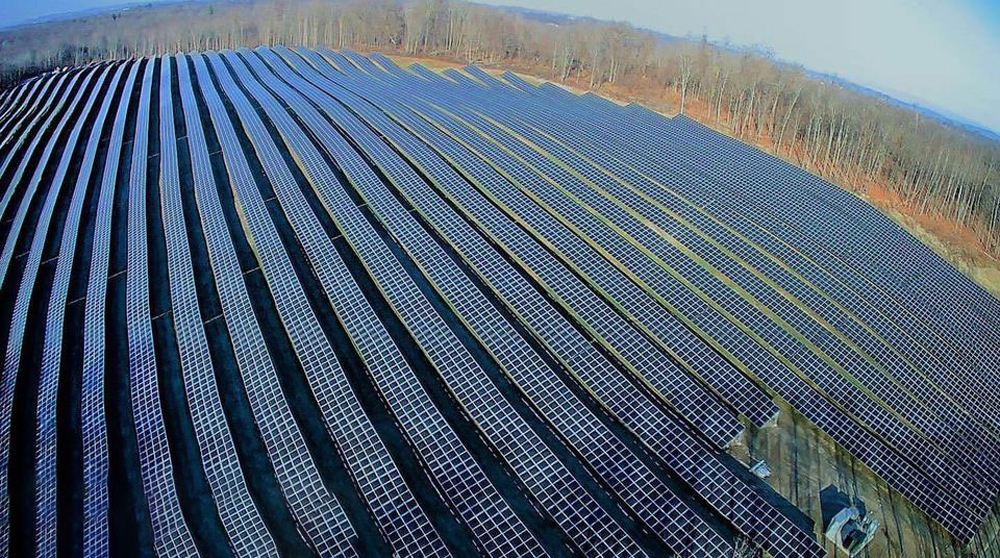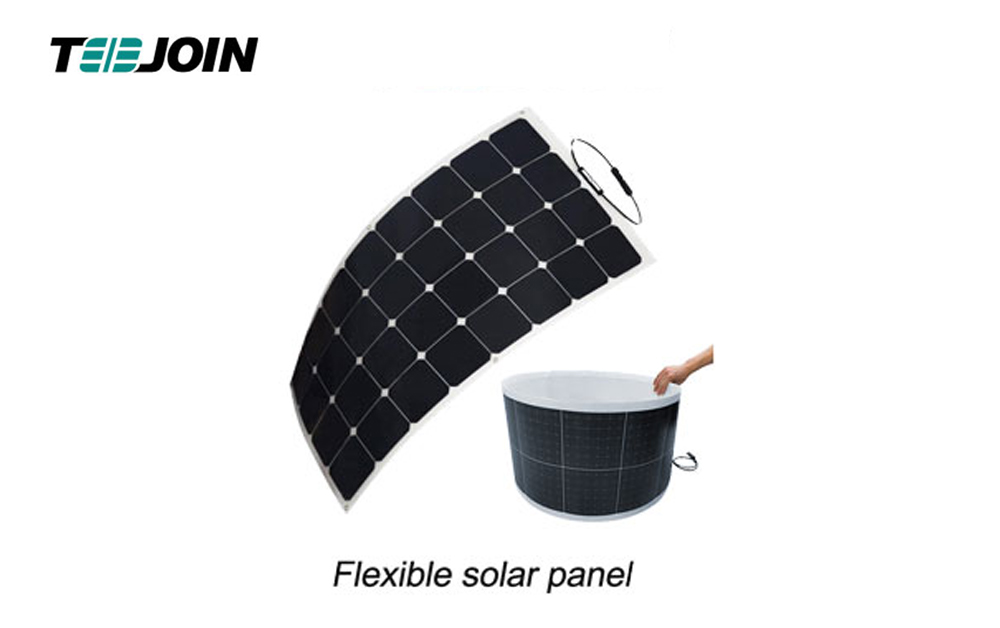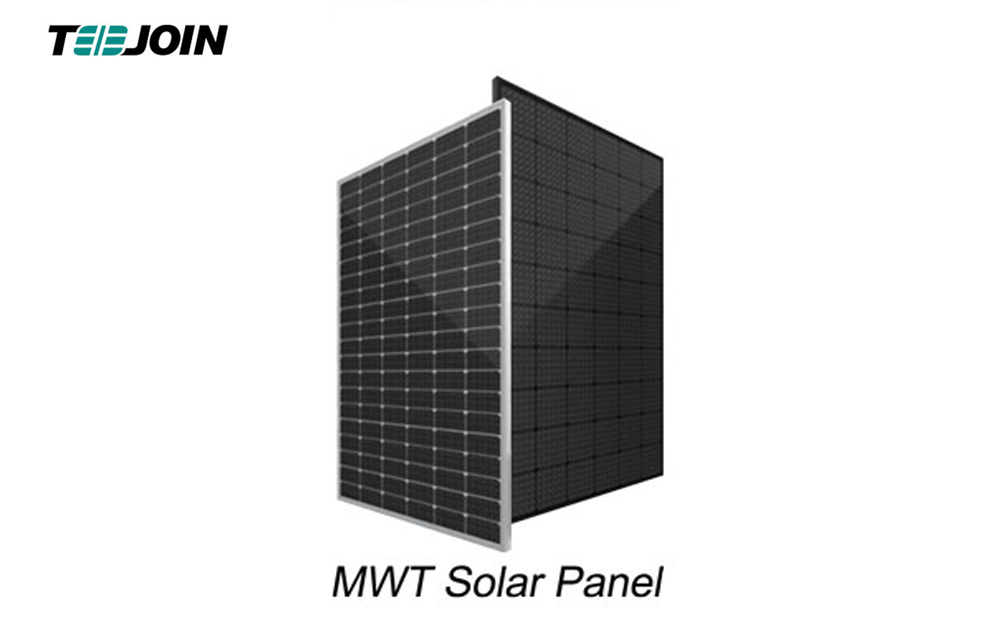What are the wavelengths and spectral ranges of the various colors of solar panels?

Solar panels primarily absorb light in the visible and near-infrared range of the electromagnetic spectrum. The specific wavelengths and spectral ranges associated with different colors of solar panels can vary depending on the materials used and the manufacturing processes involved. However, I can provide you with a general overview:
Blue Solar Panels:
Wavelength range: Approximately 400 to 500 nanometers (nm)
Spectral range: Blue and violet regions of the visible spectrum
Black Solar Panels:
Wavelength range: Broad spectrum absorption across visible and near-infrared
Spectral range: Typically optimized for absorption in the visible spectrum, extending into the near-infrared range
Gray or Silver Solar Panels:
Wavelength range: Broad spectrum absorption across visible and near-infrared
Spectral range: Generally optimized for absorption in the visible spectrum, with some extension into the near-infrared range
Multicolored or Colored Solar Panels:
Wavelength range: This can vary depending on the specific color of the panel. Different pigments or dyes may be used to achieve different colors, resulting in variations in the wavelengths absorbed.
Spectral range: Depending on the color, the spectral range may be optimized for absorption in specific regions of the visible spectrum.

It's important to note that the above information provides a general idea of the spectral characteristics of solar panels of different colors. The actual wavelengths and spectral ranges can differ based on the specific technologies employed and the manufacturers' designs.

When writing your soft copy, you can use the information above as a starting point and further research specific solar panel models or consult manufacturers' specifications for precise details on the wavelengths and spectral ranges of different colored solar panels.




